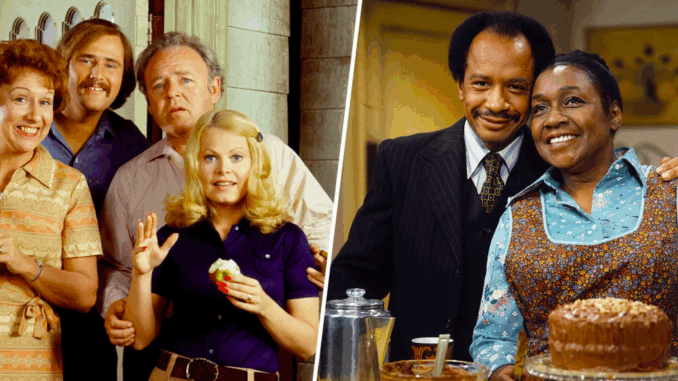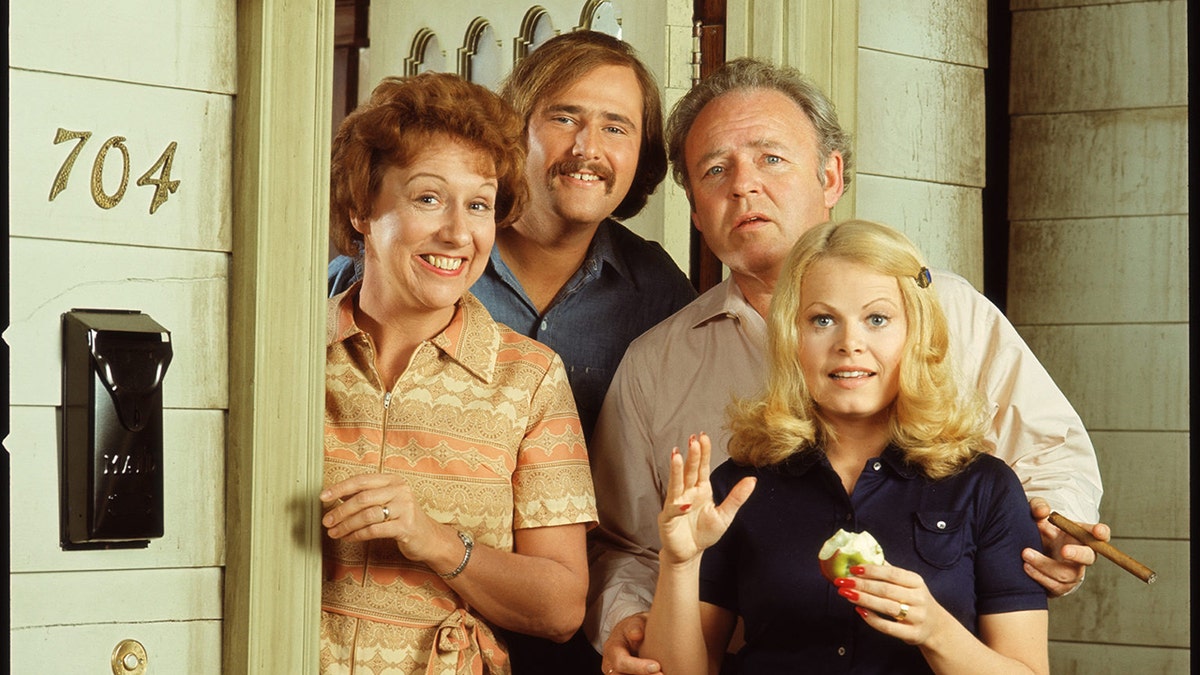
A sitcom set turned national battleground for American values
In most sitcoms, the living room is where jokes are cracked and hugs are shared. But in All in the Family, it was where political wars were waged. And at the center of it all? Archie Bunker’s ragged brown armchair — a throne from which blue-collar conservatism pushed back against a changing America.
The chair now sits in the Smithsonian. And for good reason.
The furniture of a cultural revolution
That old armchair wasn’t just a prop. It symbolized Archie’s immovability — his unwillingness to budge on anything from civil rights to women’s lib. It was where he clashed with his liberal son-in-law, “Meathead,” week after week, and where millions of viewers tuned in to hear the unfiltered voice of a man who feared the future.
That chair became a lightning rod. Audiences either saw themselves in Archie or recoiled from him — but no one ignored him.
A set design that spoke louder than words

Even the layout of the Bunker home played a role. The characters never left Queens, but their conversations stretched far beyond. The static setting gave space for dynamic dialogue, allowing topics like the Vietnam War, immigration, and racial integration to unfold naturally — right next to the family TV.
At a time when sitcoms rarely challenged viewers, All in the Family turned a worn couch and dining table into battlegrounds of ideology.
More than nostalgia
Today, the Bunker living room feels both dated and eerily familiar. Polarization is back in the headlines. Intergenerational arguments are happening around dinner tables again. The more things change, the more they feel like 1971.
That’s why Archie’s chair isn’t just in a museum — it’s still in the national psyche. And perhaps, deep down, we’re all still wrestling with the ghosts in that living room.
